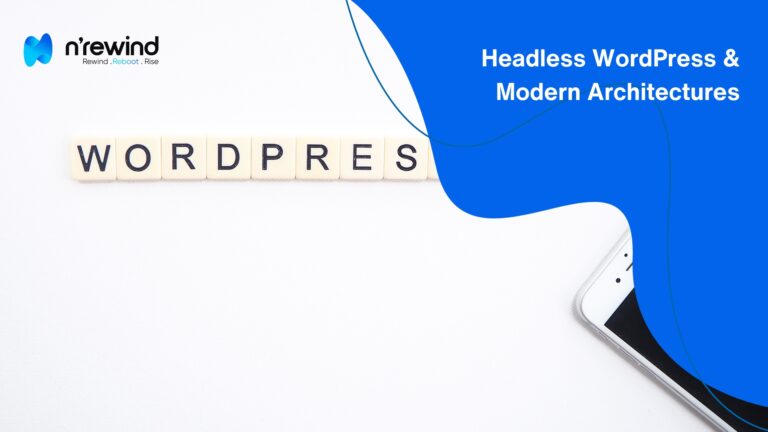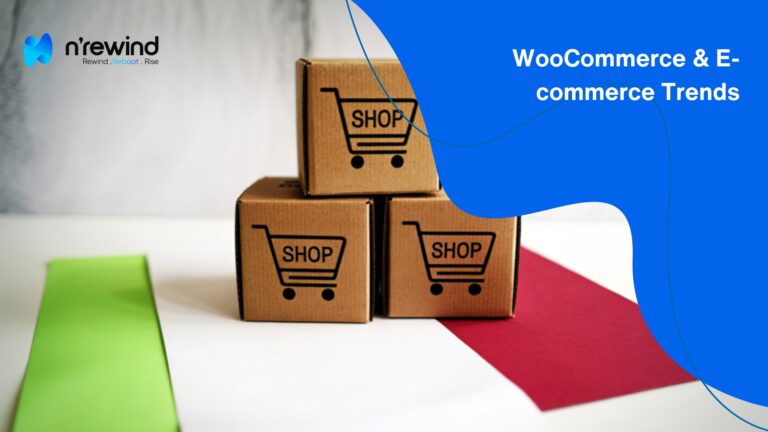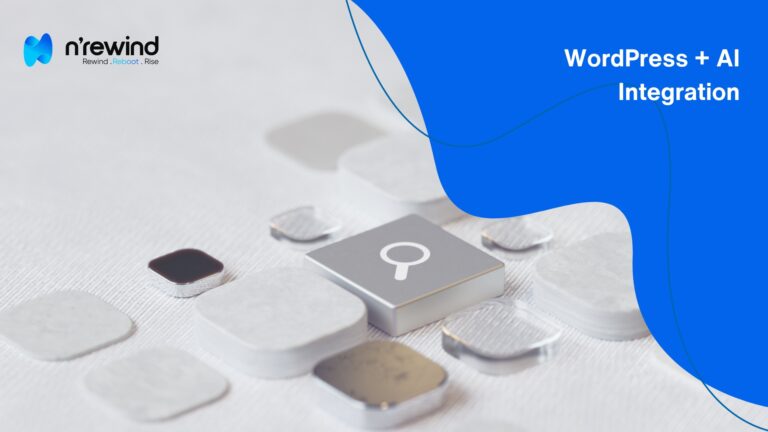In 2025, product pages do more than just showcase a product. They tell a story, build trust, and gently guide visitors toward taking action. Let’s explore the psychological strategies behind successful e-commerce pages and how you can apply them.
First Impressions Drive Action
Your hero image, headline, and initial scroll need to answer two questions: What is this? and Why should I care? A clean layout, real photos, and clear messaging build trust instantly. Check out our take on Visual Identity Consistency to see how we keep brands aligned.
Trust Comes Before the Click
Trust indicators – like testimonials, secure checkout badges, and return policies – reduce hesitation. Adding video reviews or user-generated content adds authenticity and credibility. In our Design Mistakes Blog, we explain why missing these elements can hurt sales.
Less Choice = More Sales
Too many options cause decision fatigue. Use one strong CTA, limit color/style choices, and guide users. Need help organizing content for user flow? Our UX for Impulse vs Research Shoppers guide explores this balance.
Use Copy to Create Desire
Product descriptions should speak to emotions, not just specs. Focus on the benefit to the buyer – how their life improves. Want a deeper understanding of storytelling in design? Read How Agencies Use Graphic Design to Tell Better Stories.
Urgency and Scarcity Tactics
Messages like “Only 3 left” or timers like “Sale ends in 2 hours” activate FOMO (fear of missing out). But don’t overdo it – authenticity wins. We implement these smartly in all our UI work, visible in our Work Portfolio.
Final Thoughts
A high-converting product page is a mix of design, copy, and psychology. It’s not just about looking good – it’s about understanding human behavior and removing friction. At NRewind, we specialize in crafting experiences that not only look great but convert consistently.
"At NRewind Technologies, every element on a page is intentional – from the placement of a button to the tone of the copy. We blend psychology, design, and strategy to craft digital experiences that do more than just look good – they connect, engage, and convert. "




